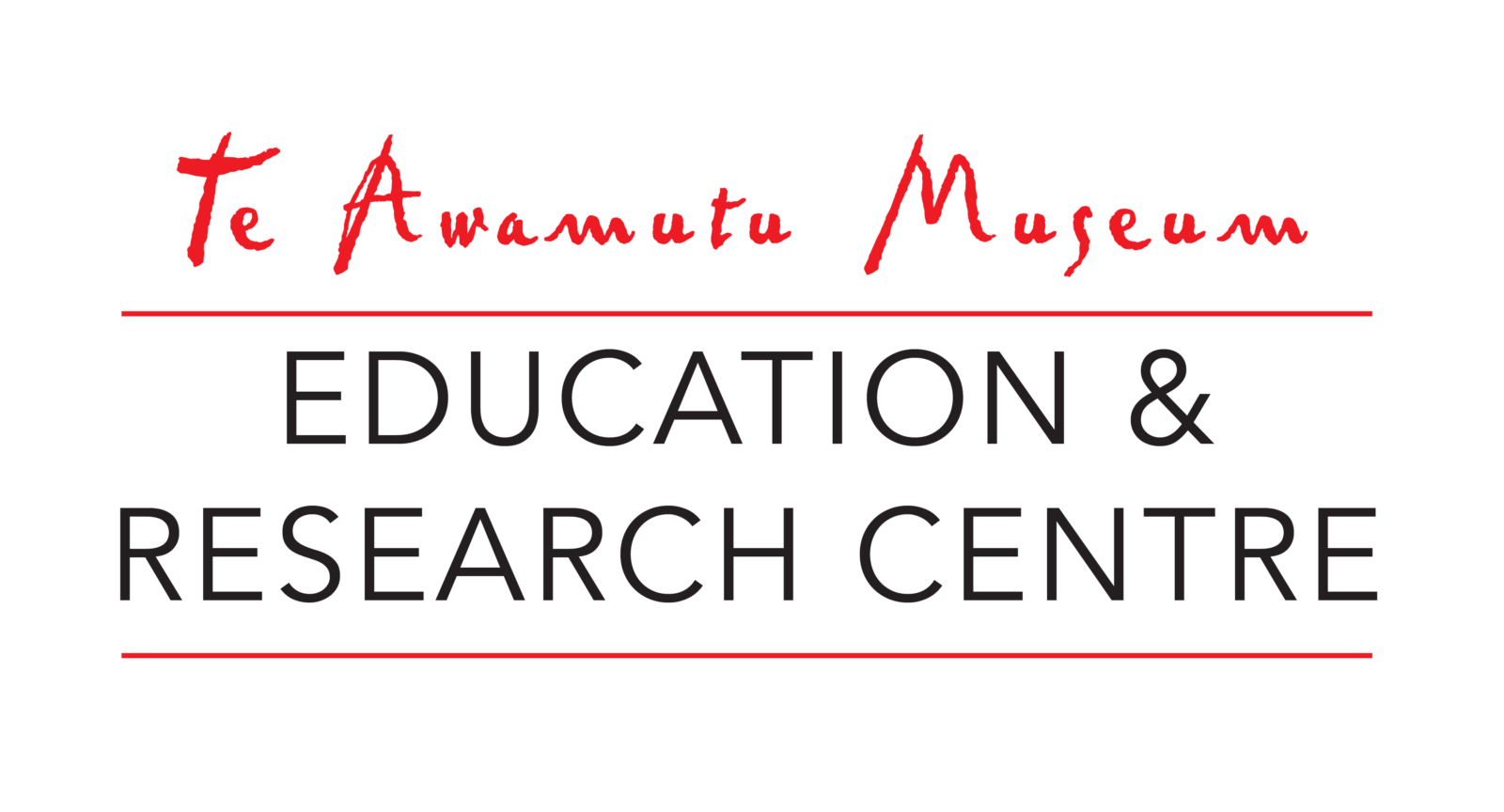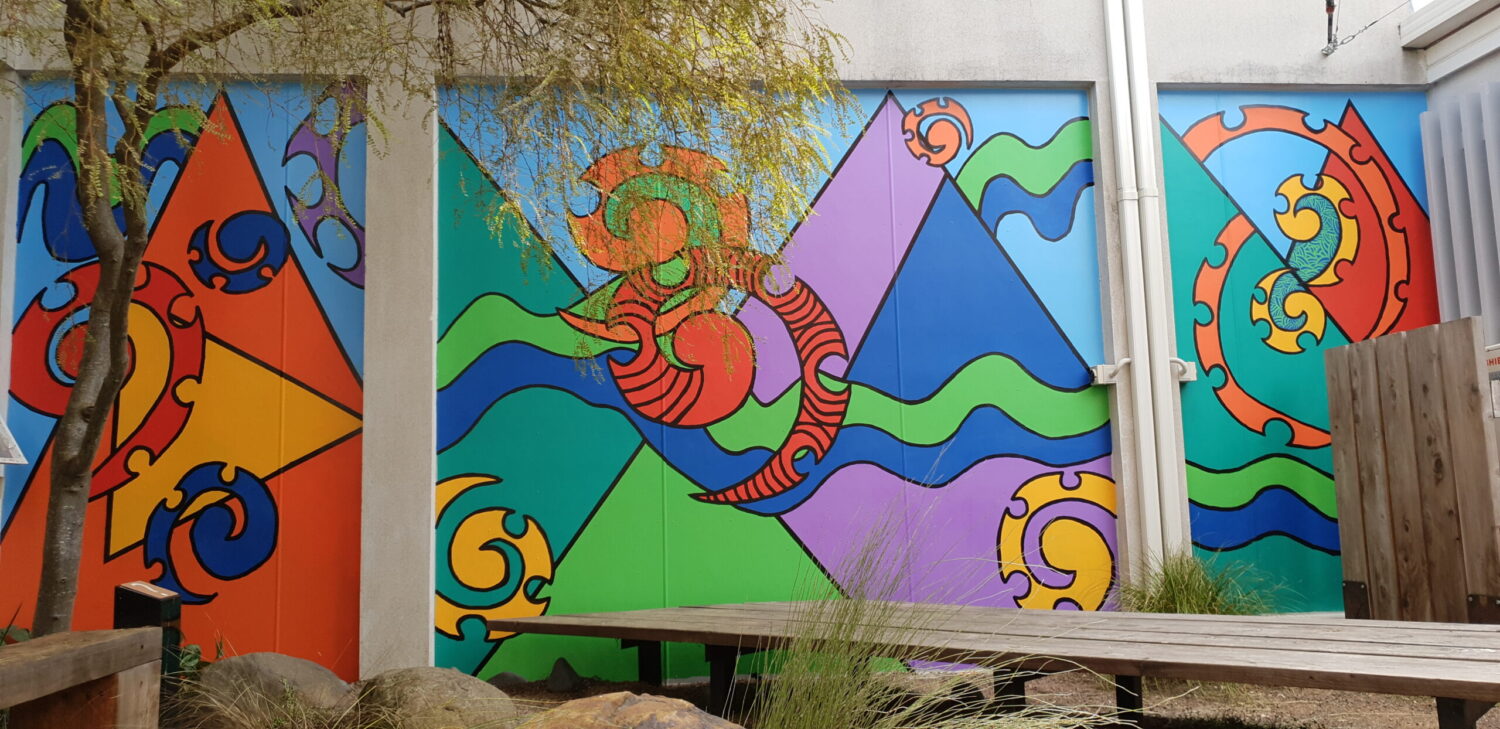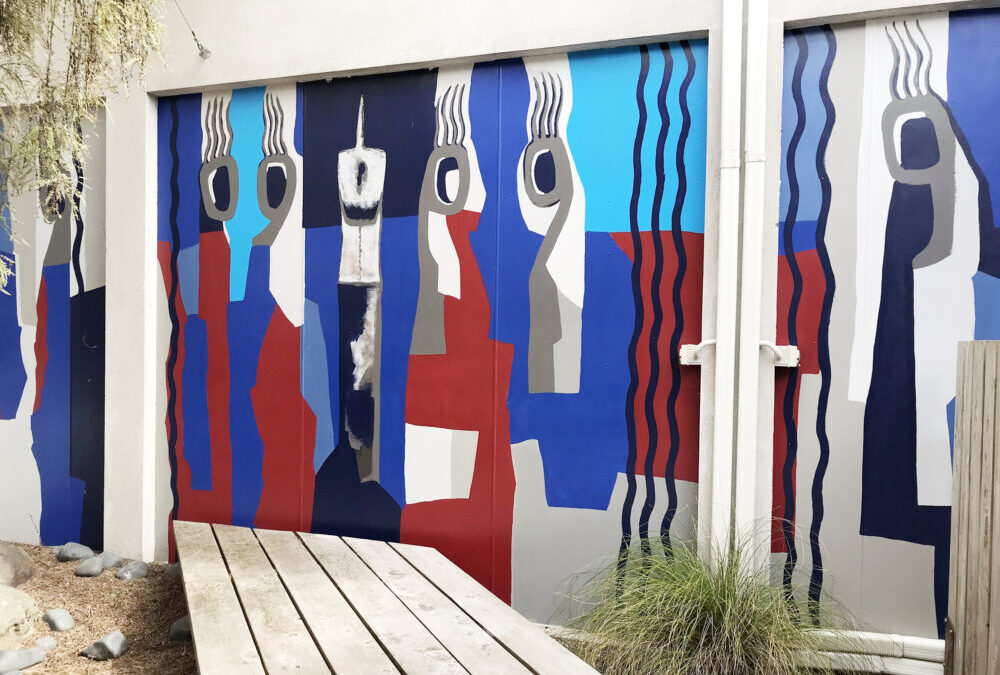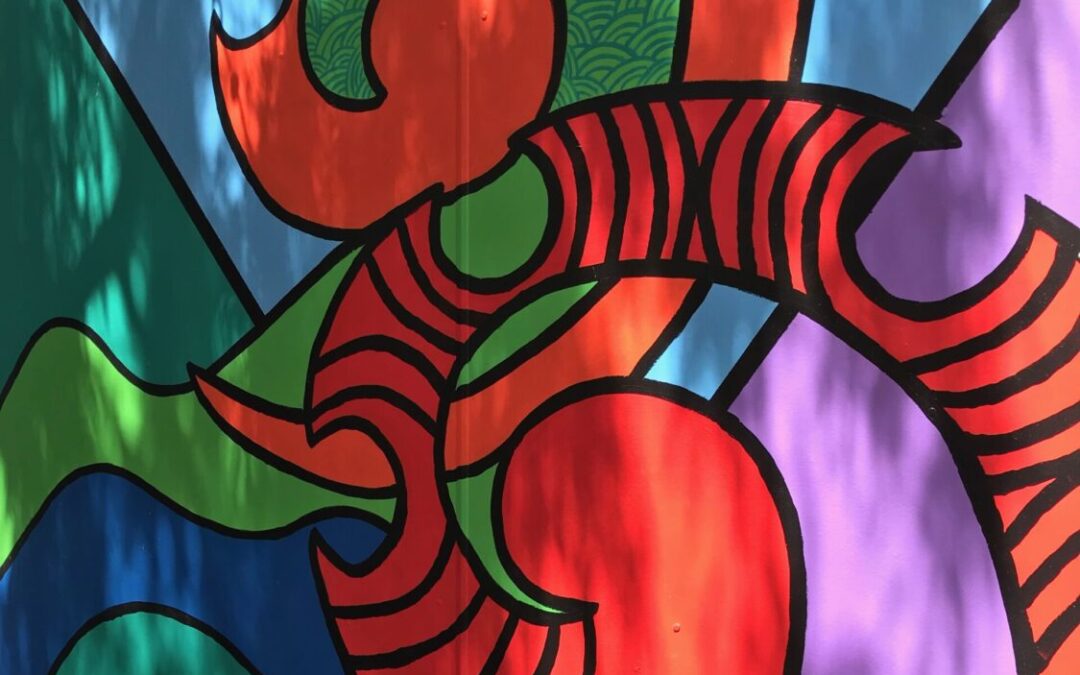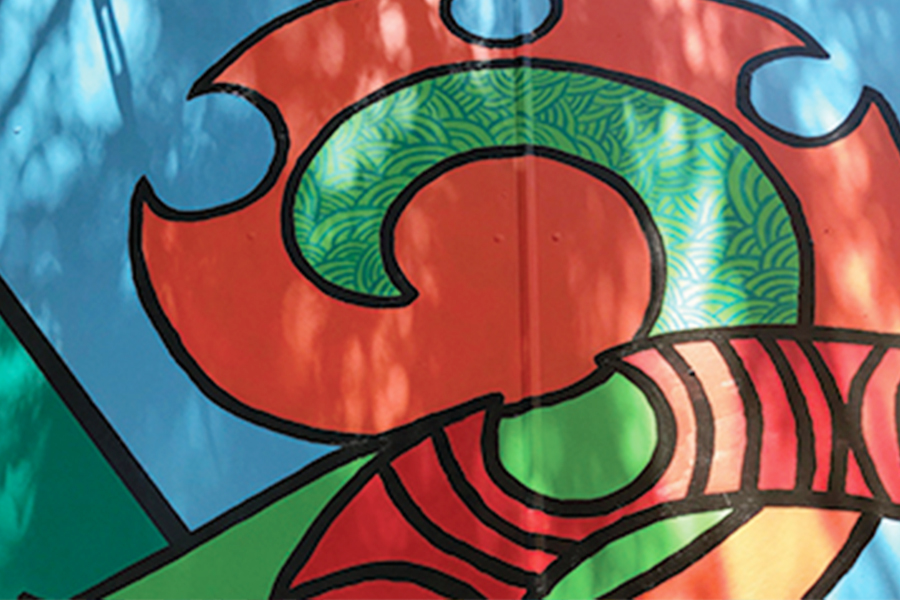
Art Attack Mural
Te Awamutu Museum supporting creativity in the community.
The Art Attack Mural Project is a 10-12 month temporary exhibition of creative work to elevate visitors perception of contemporary visual art by placing it within the contemplative area of the Museum. It sits in juxtaposition of native flora, rocks and natural wooden seating and the confines of an internal exterior space. It is temporary in the sense that after the time period has ended a new mural takes its place. While the mural is alive there is an opportunity for the artist to market themselves by hosting personal showings, an artist talk and other supportive events. As a supporter of the arts, the Museum has trialed various projects to encourage arts practice and supporting artist’s development. The Gavin Gifford Gallery is specifically set up for the display of art while our education space is utilised for arts related community workshops, seminars, lectures and artist talks. However, the spaces are available for short periods of time and are limited to work that is temperature dependent. Art Attack Mural Project was an idea that grew out of a need to repaint the inside courtyard walls. Instead of plain grey it was decided it would become an artist canvas. It would be a temporary exhibition mural space that would change out every year. This would offer the arts community an opportunity to create wall art with the added value of being marketed throughout the life of the art to all Museum visitors. The space itself is also a view for Waipā District council workers whose offices face into the courtyard. This particular project has the ability to support a number of artists while allowing the community to see more artists work in open spaces. It is fully funded by the Museum to ensure artists see this as a viable opportunity. The proposals are marketed at the end of the previous year. However, due to Covid-19 timeframes for public showings has been limited so the 2019 mural timeframe has been extended. Look out for our FB marketing for the next proposal dates or check back here for more updates.
We will endeavour to revive this incredible creative opportunity in our community again, keep watching out for up to date information.
Totara I Ahua
This is the second ‘Art Attack Mural’ commissioned by the Museum for the courtyard. It was chosen from a shortlist and installed in Feb-March 2020 by local artist Hakahaka Tane of Ngāti Urunumia, Ngāti Uekaha, and Ngāti Ruaroa.
In her own words, Hakahaka describes this mural ‘Totara I Ahua’ as a modern response to the re-emerging of Te Uenuku who lay at the shores of Lake Ngā Roto for 226 years before it was rediscovered around 1906.
In its original form, Te Uenuku assumed the transferring of sap downward and upward within the phloem, carrying nutrients to all its living parts also described as a transfer of chromosomal segment to a new position. It is the artist’s impression of the transference and re-emergence of Te Uenuku that speaks to whakapapa and is rendered in paint as active. The work is a reflective reminder that sets aside physical boundaries and the significance of translocation, transference of energy, intention, and universal purpose between all living entities unique to Māori culture that reside between Ranginui and Papatuanuku.
Te Uenuku holds significance for Ngāti Maniapoto and Tainui tribes during the invasion of Ngāti Toa at the battle of Hingakākā at Lake Ngāroto around 1780. The histories of Te Uenuku are recorded within Te Awamutu archives.
The Museum extended the showing of ‘Totara I Ahua’ due to Covid, so visitors can enjoy this amazing mural and learn more about the artwork and artist.
Hakahaka sought permission of Uenuku’s kaitiaki, Shane Te Ruki to use the form and likeness of the taonga Uenuku before the mural proposal was acknowledged by the Museum team.
Here’s a time-lapse video of Hakahaka working on the mural.
Kape – Vessel of Knowledge.
This project kicked off in 2018 with Marc Lenton and Oriwa Morgan-Ward being the first artists to take on the mural project. The mural added colour and dimension to the space making it friendly to visit for quiet contemplation over a good book or a time out space for a class of school students. The wall also faces council staff offices making a nice retreat for the eyes when taking screen breaks.
Kape is the result of a colab between Oriwa Morgan-Ward and Marc Lenton. Both took on this project to showcase their flexibility of styles and materials they ar e used to working in.
e used to working in.
Marc Lenton is an artist designer fabricator living in Waitomo Caves who creates stunning open space public artworks mainly in Tamaki Makaurau Auckland. He enjoys making big 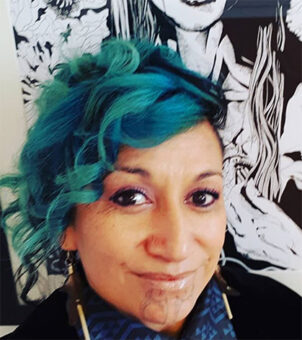 sculptures and unique one-off jewellery. Oriwa Morgan-Ward is a Māori artist who is developing her teaching skills whilst imbuing strong whakapapa connections and cultural sensitivity when creating artwork and presenting educational programmes.
sculptures and unique one-off jewellery. Oriwa Morgan-Ward is a Māori artist who is developing her teaching skills whilst imbuing strong whakapapa connections and cultural sensitivity when creating artwork and presenting educational programmes.
Kape activates the viewer’s mind to open up a portal to the past, present, and future moving you from one place in time to another.
Like Kape, the Te Awamutu Museum is a pathway to the rich history within its unique landscape and communities in the Waipā district which is constantly transforming and developing. The Museum reveals the past and windows to the future.
Right-hand panel: Past – The Atua Tane Mahuta gets the seed from the tree of light.
Middle panel: Present – Navigating the space of Tangaroa, Atua of the sea depicting the need to be flexible and fluid.
Left-hand panel: Future – Transformation, time to regenerate from the puku of Papatūānuku and move forward by utilising the seeds of knowledge gained from the past, and nurtured by the present.
Maungatautari, Kakepuku and Pirongia Maunga are represented by triangles within the art. Each panel is an individual design of its own, when viewed as a whole triptych, they portray an abstract vessel of knowledge.
Here is a time-lapse video of Marc and Oriwa working on the mural and a bit of a kōrero after.
